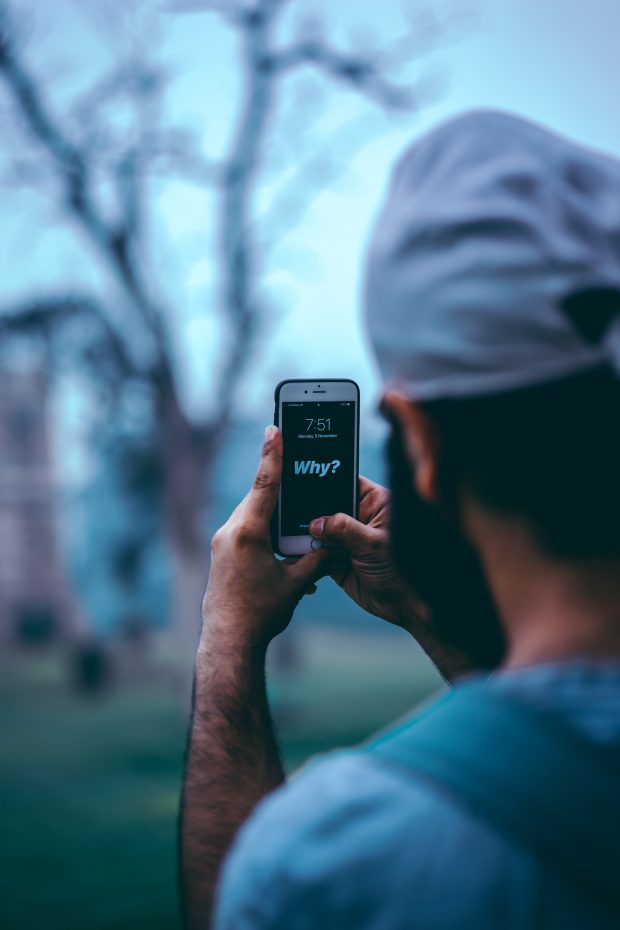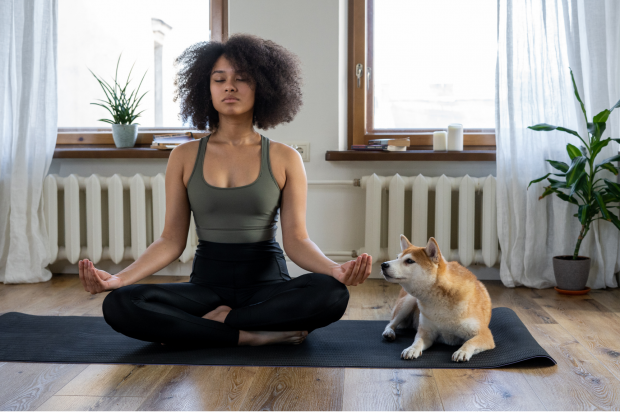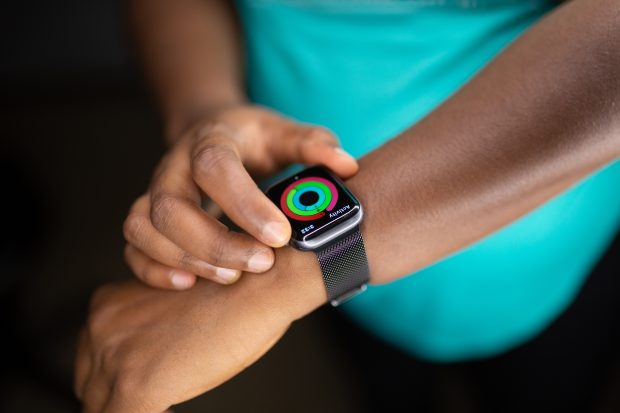Scientists in the fields of psychology and neuroscience agree that behaviours are a result of both conscious and non-conscious processes1,2. We know that someone’s intention to be physically active (a conscious process) doesn’t fully predict their resulting behaviour and therefore it is presumable that non-conscious processes, like a physical activity habit and/or physical activity identity, can help to explain the missing piece3. Non-conscious processes can also contribute to preserving time that may have been allocated to self-regulatory strategies, such as planning and self-monitoring. In this blog, we will dive a bit deeper into what exactly a physical activity habit is.
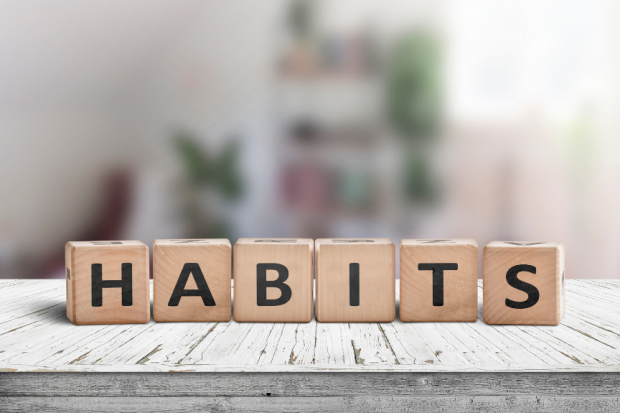
When you hear about a habit, likely the first thing that comes to mind is that a habit is a behaviour you do regularly. Perhaps someone might say they are in the habit of going to bed at 11pm and waking up at 7am every night and morning. But when it comes to the realm of health psychology, a habit is actually a learned and automatic association between a cue and a behaviour 4. Basically, this means that when some sort of cue presents in your day, you will have an automatic tendency or impulse to enact a behaviour. A habit is developed over time where a certain cue is repeatedly followed by a behaviour, and over time the cue starts to elicit an automatic impulse to enact that behaviour. For example, every morning upon waking, without putting much thought into it, you might immediately go to brush your teeth. This is a result of brushing your teeth upon waking over and over again (as well as perhaps many reminders from your dentist!).
Frequent instances of cues that are followed by behaviours will result in stronger habits.
Additional factors that have shown to be important in developing cue-behaviour associations are 1) the complexity of the behaviour, 2) the environment, and 3) the level of enjoyment in the activity5.
So with regards to physical activity, we can probably think of certain types of exercise, for example playing certain sports or weight lifting, that might be more complex for some individuals compared to others. That said, after an individual is taught how to do a certain exercise and performs it several times, that exercise will probably become easier. We can also think of certain environments that we are more or less comfortable exercising in. For example, some individuals may prefer exercising outdoors for the fresh air while others prefer the gym so they can predictably avoid weather perturbations. You may remember from one of our earlier blog posts that people are generally more likely to be physically active if they enjoy the exercise they are doing rather than if they’re just doing it because they think it’s good for them. Well, it turns out, doing exercise that you enjoy is also important for developing physical activity habits! This is because behaviours that are unenjoyable will impose motivational push-back (thoughts about not really enjoying the behaviour before enacting it). Negative thoughts can break the learning sequence, making it much harder to form any type of cue-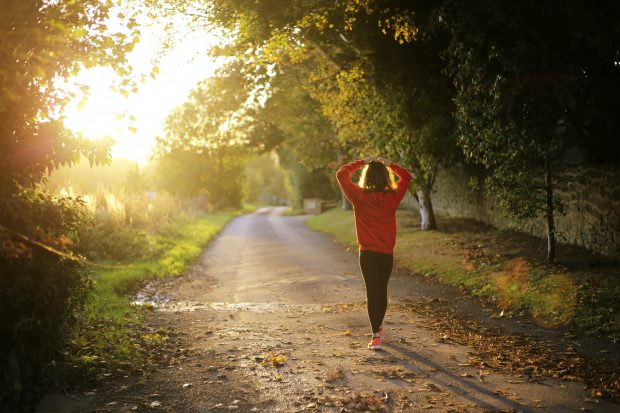 behaviour response. As a result, we will be dependent on motivational will-power to do the behaviour, despite these negative thoughts.
behaviour response. As a result, we will be dependent on motivational will-power to do the behaviour, despite these negative thoughts.
You may be wondering just how frequently you have to experience a cue-behaviour until it develops into a habit. Well, research has shown that in new gym-goers, it took about 6-weeks of exercising 4-times a week to develop a physical activity habit5.
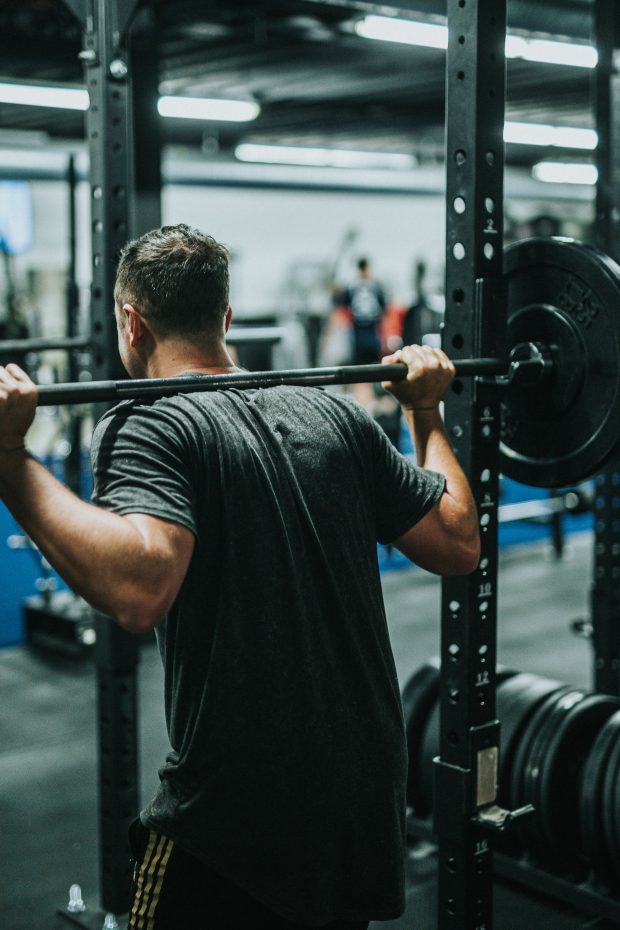 Taking things a bit further, it’s proposed that physical activity habit formation occurs through two phases: instigation and execution. This is because exercise itself is somewhat of a complex behaviour that takes a good chunk of time and effort to execute (compared to brushing your teeth for example). So for the case of developing a physical activity habit, we are more so referring to the instigation component, as this is more automatic, rather than the execution component, which requires a bit more conscious control6. Basically developing an exercise instigation habit means we have developed a tunnel vision towards enacting an intention for physical activity, which shields us from opposing automatic tendencies7.
Taking things a bit further, it’s proposed that physical activity habit formation occurs through two phases: instigation and execution. This is because exercise itself is somewhat of a complex behaviour that takes a good chunk of time and effort to execute (compared to brushing your teeth for example). So for the case of developing a physical activity habit, we are more so referring to the instigation component, as this is more automatic, rather than the execution component, which requires a bit more conscious control6. Basically developing an exercise instigation habit means we have developed a tunnel vision towards enacting an intention for physical activity, which shields us from opposing automatic tendencies7.
So what steps can we take in developing a physical activity habit? Think of a cue that you can plan to regularly link with being active. For example, you might choose a cue of eating dinner to indicate that you should go for an evening walk. You want the cue to be something that happens regularly and occurs prior to when you want to be exercising to maximize the cue-behaviour learning. The more consistent you are active following this cue, the more likely you will develop a physical activity habit. The next piece is to think about the right type of physical activity for you, it should be an exercise that isn’t too difficult (although if you are motivated to learn something new that is fine as well, just make sure to break it down into to easy steps in the beginning), it should be something you enjoy doing, and choose an environment that you know you will feel comfortable to regularly perform the exercise.
References
- Bargh JA, Ferguson MJ. Beyond behaviorism: On the automaticity of higher mental processes. Psychological Bulletin. 2000;126(6):925-945. doi:10.1037/0033-2909.126.6.925
- Heatherton TF, Wagner DD. Cognitive neuroscience of self-regulation failure. Trends in Cognitive Sciences. 2011;15(3):132-139. doi:10.1016/j.tics.2010.12.005
- Rhodes RE, Dickau L. Experimental evidence for the intention–behavior relationship in the physical activity domain: A meta-analysis. Health Psychology. 2012;31(6):724-727. doi:10.1037/a0027290
- Gardner B. A review and analysis of the use of ‘habit’ in understanding, predicting and influencing health-related behaviour. Health Psychology Review. 2015;9(3):277-295. doi:10.1080/17437199.2013.876238
- Kaushal N, Rhodes RE. Exercise habit formation in new gym members: a longitudinal study. J Behav Med. 2015;38(4):652-663. doi:10.1007/s10865-015-9640-7
- Rhodes RE, Rebar AL. Physical Activity Habit: Complexities and Controversies. In: Verplanken B, ed. The Psychology of Habit. Springer International Publishing; 2018:91-109. doi:10.1007/978-3-319-97529-0_6
- Rhodes RE, La H, Quinlan A, Grant SJ. Enacting physical activity intention: Multi-process action control. In: Motivation and Self-Regulation in Sport and Exercise. Taylor & Francis; 2021:8-20.



